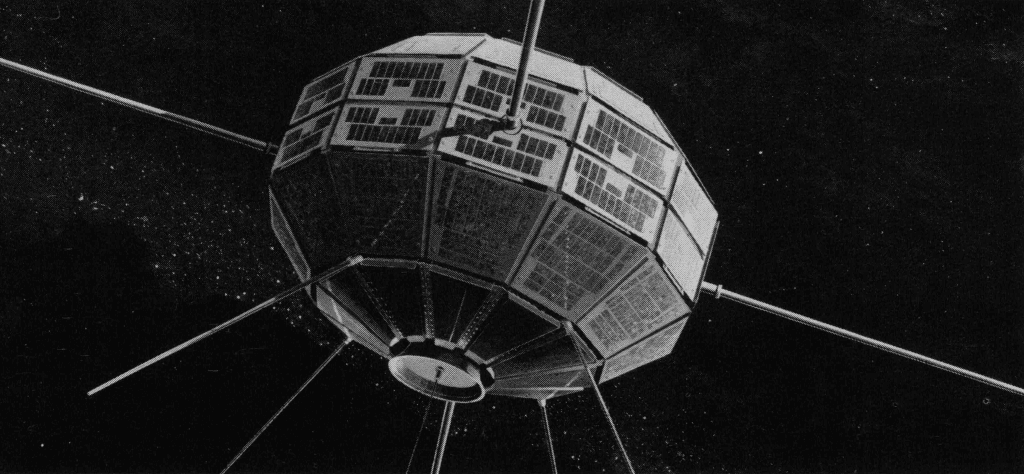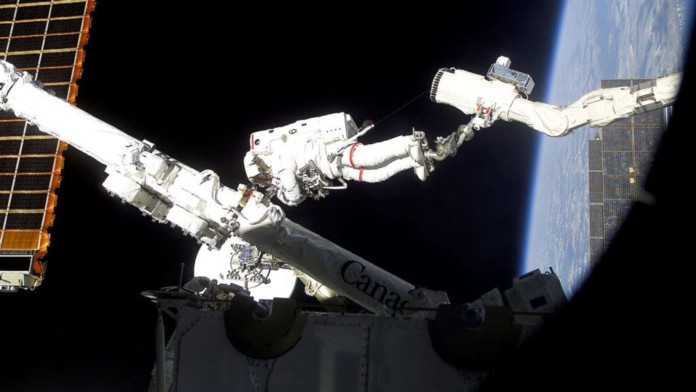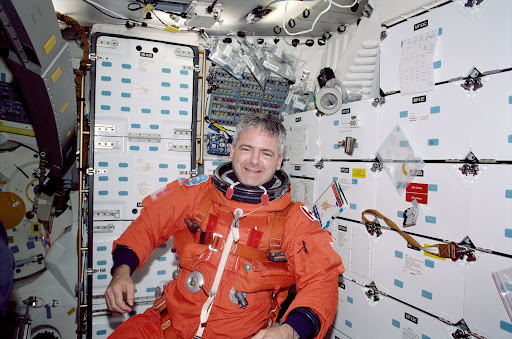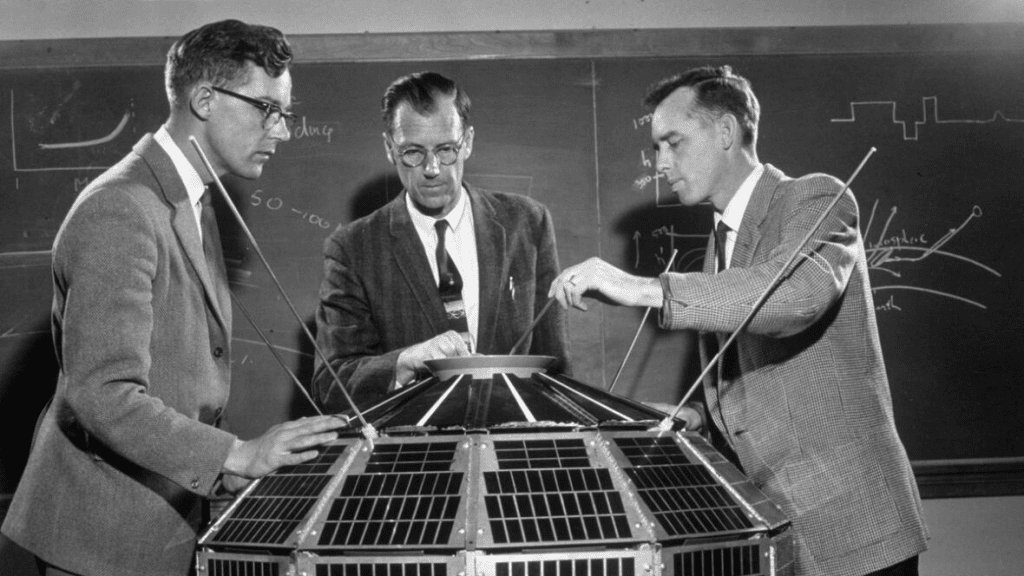In the heat of the Cold War, the world’s major powers raced into orbit with dreams of dominance and geopolitical advantage. But in 1962, while the United States and the Soviet Union competed for global attention, Canada quietly achieved something remarkable. Without military ambition or claims to supremacy, Canada became the third nation in space with the successful launch of Alouette 1.
Unlike its predecessors, Canada’s space mission wasn’t designed for showmanship or defense. Alouette 1 was built with a different goal scientific exploration. Its mission was to study Earth’s upper atmosphere, focusing on the ionosphere. In doing so, Canada not only staked its place among spacefaring nations but did so in a way that emphasized peace, research, and global cooperation.

Alouette 1: Science Over Spectacle
Launched on September 29, 1962, Alouette 1 was Canada’s first satellite and an astonishing technological feat. Built by Canadian scientists and engineers, the satellite operated for nearly a decade—far longer than its expected lifespan.

Alouette 1’s primary task was to collect data on the ionosphere, a region of Earth’s upper atmosphere that plays a key role in radio communication. The satellite’s instruments mapped the structure of the ionosphere and helped researchers understand how it fluctuated with time, seasons, and solar activity.
This mission laid the foundation for Canada’s reputation as a nation that prioritized science, data, and peaceful space endeavors. It was an early signal that Canada’s contributions to space would be defined not by flash, but by functionality and purpose.
Video:
Alouette – Canada’s First Satellite (1963)
The Birth of Canadarm: Canada’s Robotic Legacy
After establishing its presence in orbit, Canada continued building its reputation in space through innovation. In the early 1980s, Canada introduced a piece of technology that would revolutionize space operations: the Canadarm.
This robotic arm became a vital tool aboard the American Space Shuttle. It was used to deploy, retrieve, and service satellites, and later played a key role in assembling the International Space Station (ISS). The Canadarm was so successful that it evolved into Canadarm2, an upgraded version currently operating on the ISS.
With Canadarm, Canada cemented its status as an indispensable partner in international space missions. It wasn’t just about going to space it was about helping shape how space was explored.

Astronauts Who Inspired a Nation
While Canada’s technological achievements made headlines, it was its astronauts who captured hearts. In 1984, Marc Garneau became the first Canadian in space, flying aboard the Space Shuttle Challenger. A naval officer and engineer, Garneau represented a new era of Canadian space exploration one that was both hands-on and deeply collaborative.

Then came Roberta Bondar in 1992, Canada’s first female astronaut and the world’s first neurologist in space. Her work aboard the Space Shuttle Discovery included scientific experiments focused on the human nervous system in microgravity, expanding our understanding of how space affects the body.
These astronauts weren’t just representatives of a nation they were ambassadors of science, advancing knowledge while inspiring future generations of Canadians to look up and dream.
Canada’s Ongoing Role in Space Exploration
Canada’s involvement in space has never been about dominance or headlines. It has always been about meaningful contribution. From Earth-observing satellites that help monitor climate change to robotic systems on the Moon and Mars, Canada’s role continues to evolve.
Video:
Animation of Canadarm3, Canada’s contribution to the Lunar Gateway
In recent years, Canada joined NASA’s Artemis program, which aims to return humans to the Moon and eventually send astronauts to Mars. The country’s contribution? A third generation of robotic arms Canadarm3 designed for the Lunar Gateway space station.
With this commitment, Canada ensures it will remain at the forefront of international space collaboration for decades to come.
Conclusion: A Legacy Built on Purpose
Canada’s journey in space may have started quietly with a satellite focused on atmospheric science, but its impact has been anything but small. From Alouette 1 to the Canadarm, and from pioneering astronauts to future lunar missions, Canada has consistently shown that space exploration can be peaceful, practical, and profoundly impactful.
In a world often driven by competition, Canada chose collaboration. And in doing so, it helped define not just what space exploration looks like but what it can aspire to become.



